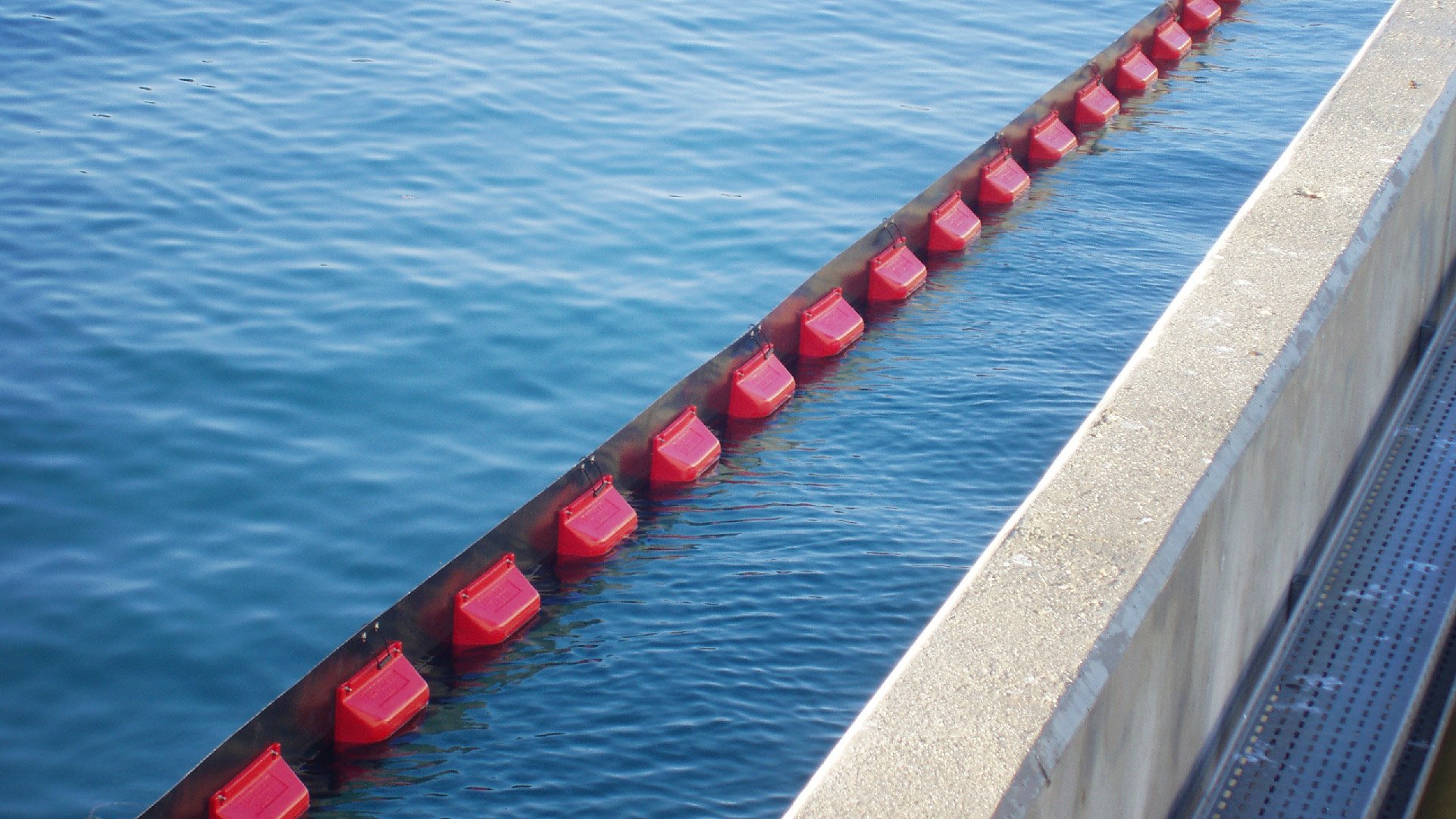A pillar of operational efficiency and stabilized supply chain, occupational safety starts with all of us. Our preparations, actions and active choices dictate how resilient we are when disruptions occur. However, having the right products helps. When choosing environmental safety products there are some key things to take into consideration to ensure optimal results, safety and best possible environmental responsibility.
1. Is it made with recycled materials?
The selection of environmental safety products that include at least partly recycled material is growing rapidly. Absorbent mats and pads are suitable for a broad range of uses, from industrial scale to smaller workshops and repair activities.
The mat effectively absorbs oil and clings to dirt, preventing spillage and making clean-up easy. In this way, you can avoid having mats that need to be washed and replaced often, which requires high logistics effort. Some mats are also anti-flammable, making them safe to use in environments where there’s bound to be sparks flying around.
PIG’s patented mats and pads and some PIG loose absorbents are made with recycled cellulose. This byproduct of pulp and paper industry can account up to 90-100% of the materials in the finished product. The spill pallet selections also include drum and IBC spill pallets, which are made of 100% recycled medium density polyethylene. In general PIG carries over 300 products that are made utilizing recycled content.

2. Is it durable and does it have a long lifecycle?
Safety equipment must stay operational in various conditions and withstand hard abrasion, tensile strength, heat, cold, UV radiation and high loads. Ultimately, the most sustainable safety equipment is the one that has the longest lifespan while retaining quality.
For example, RO-FENCE - durable containment boom is a rigid buoyancy boom for long-term deployment. It is manufactured using robust materials and designed to withstand the harsh effects of abrasion, UV radiation, oils and marine degradation. RO-FENCE is best suited for protected and inland waters. Desmi’s oil containment fence booms are lightweight rapid response booms, ideal for oil spill operations in ports, harbours, inland and coastal waters - anywhere a quick response is required.
The A-Boom also has its advantages. As a solid float fence type of boom they can be efficiently deployed with even limited manpower. A 15 metre section weighs of only 22 kilograms and fits into a compact carrying bag. The retrieval, moving and putting into operation happens fast, so downtime and the possible harm of accidents is minimized. The A-Boom is immediately ready for deployment in the event of an oil spill in a harbour, jetty, lake or other protected water area.
When talking about sustainability, it is also important to consider what happens to the equipment after it reaches the end of its lifecycle. When it is time for a renewal, the A-boom can be burned and reused as energy, as long as it’s not made from PVC or other toxic materials.
3. Does it minimize the risks of harmful chemical spills?
Spills or leaks of chemicals can contaminate waterways, soil, and air, causing significant ecological damage. Mishandled chemicals can also pose direct threats to employees' health and safety.
A recent regulatory change has made firefighting foams used in fire departments and industrial sites safer for the environment and the humans using them. In the EU, previously used AFFF have been replaced with new and improved fluorine-free firefighting foams that effectively mitigate the extremely adverse health and environmental effects of AFFF.
Depending on brand and type, fluorine-free firefighting foams can be up to 100% biodegradable in as little time as 31 days – in comparison, a paper tissue can take one to two years to decompose. These foams offer a wide variety of options and deliver outstanding operational quality. Telko’s experts can help you choose from heavy to medium and light foams and find the right solution for different applications and foam devices.
Controlling spills is also important in warehouses that store chemicals, not only for harmful effects to environment but also safety – spills could cause mixing of chemicals that react dangerously with each other. Proper storing of chemicals as well as absorbents and other equipment are used for initial prevention. Warehouse leakage management products include spill pallet, spill flooring and spill barriers.

4. Is it possible to get guidance on product certificates and training?
Companies that fail to adhere to environmental regulations can face hefty fines. Proper safety equipment ensures compliance and helps avoid such financial penalties.
Empowering teams through continuous training is key in building safer working conditions. Comprehensive training isn't just a regulatory requirement but a critical component in ensuring the effective and safe use of products. When equipment is used correctly and mindfully, it stays reliable for longer.
Hands-on training sessions using real-world scenarios can better prepare employees for emergencies, enhancing their confidence and competence. Telko offers its customers training sessions to help in developing safer working environments. We highlight new product certifications and approvals so our clients can adopt the best practices, ensuring that teams are always equipped with the latest knowledge and improvements in occupational safety. We can also deliver equipment directly to your site.
Our experts are available to answer any questions regarding types of environmental safety products and their suitability for your operations. Decades of experience combined with the latest insights from trainings guarantee a solution that has your employees’ and our planet’s health and safety as a top priority.
Read more about our environmental safety products and contact us here.
Ari Virtanen
Sales Manager, Industrial Chemicals & Environment Department. Helps clients to increase occupational safety, protect the environment and reach sustainability goals.





